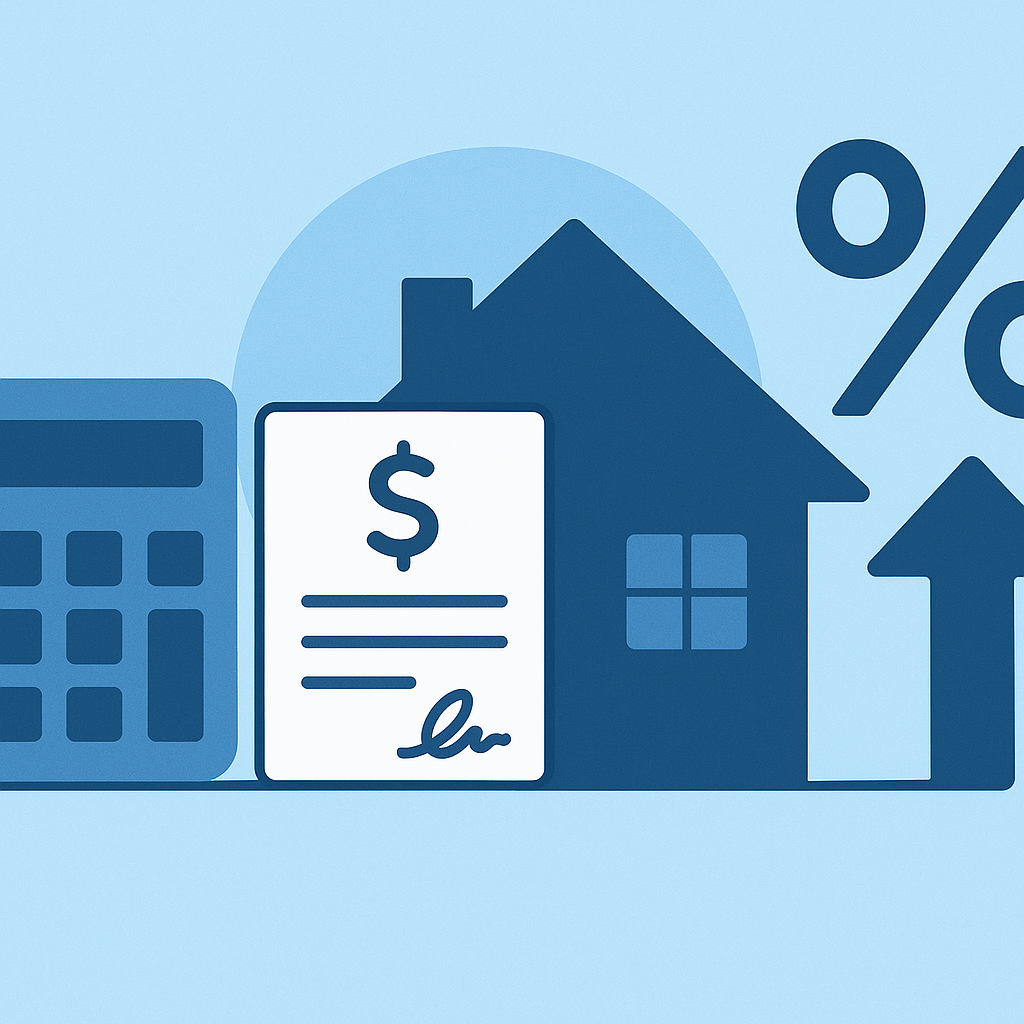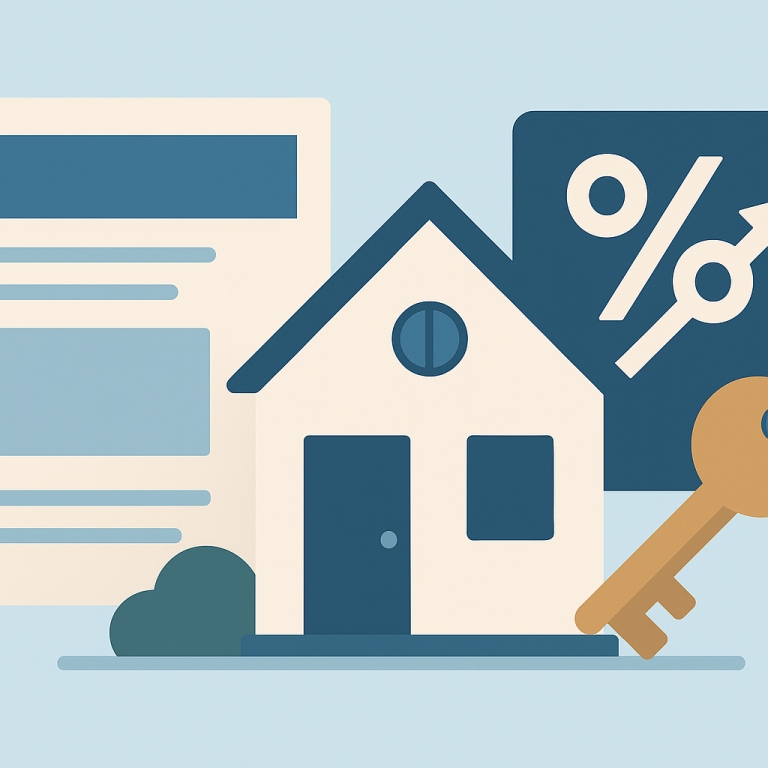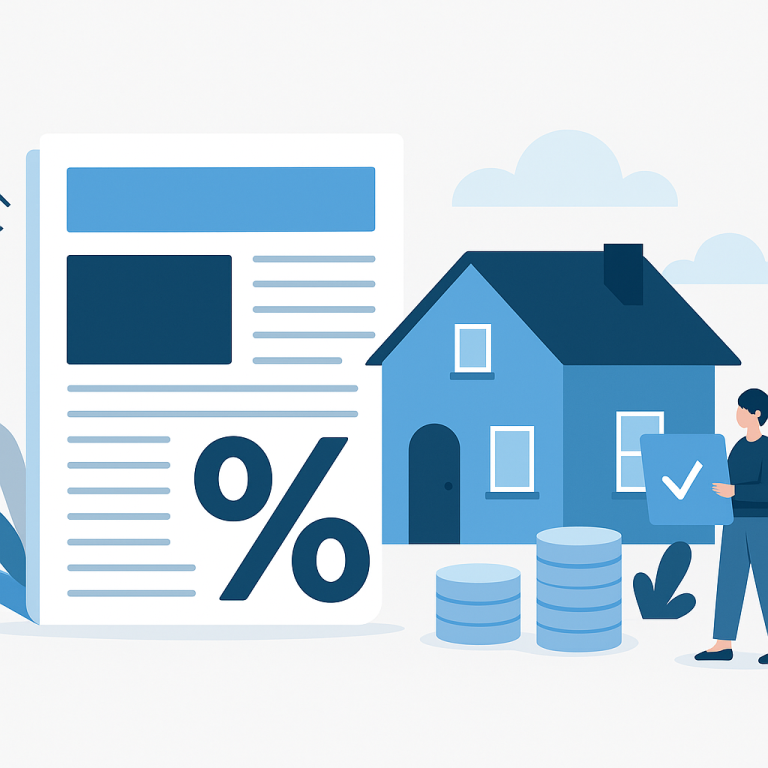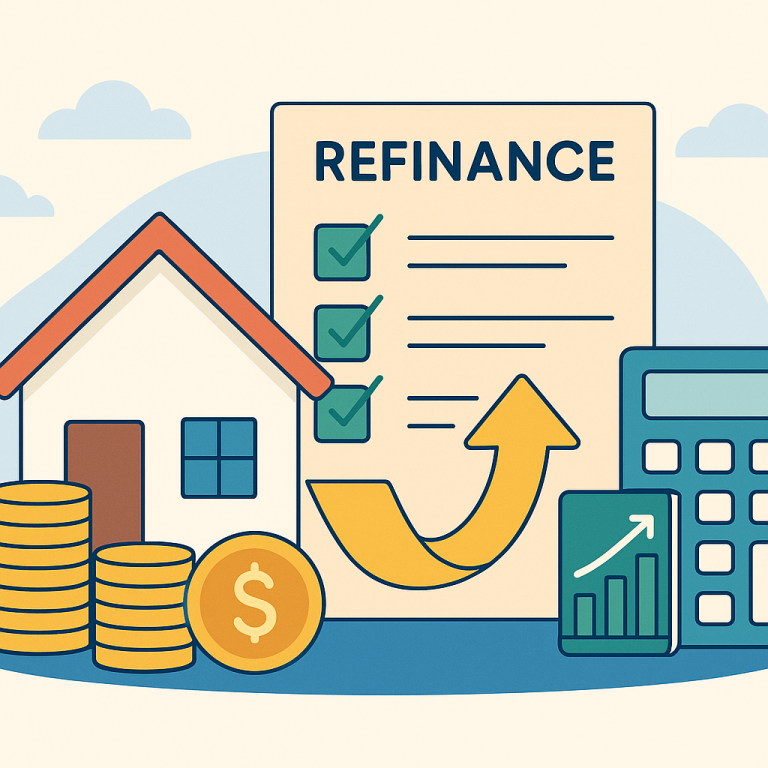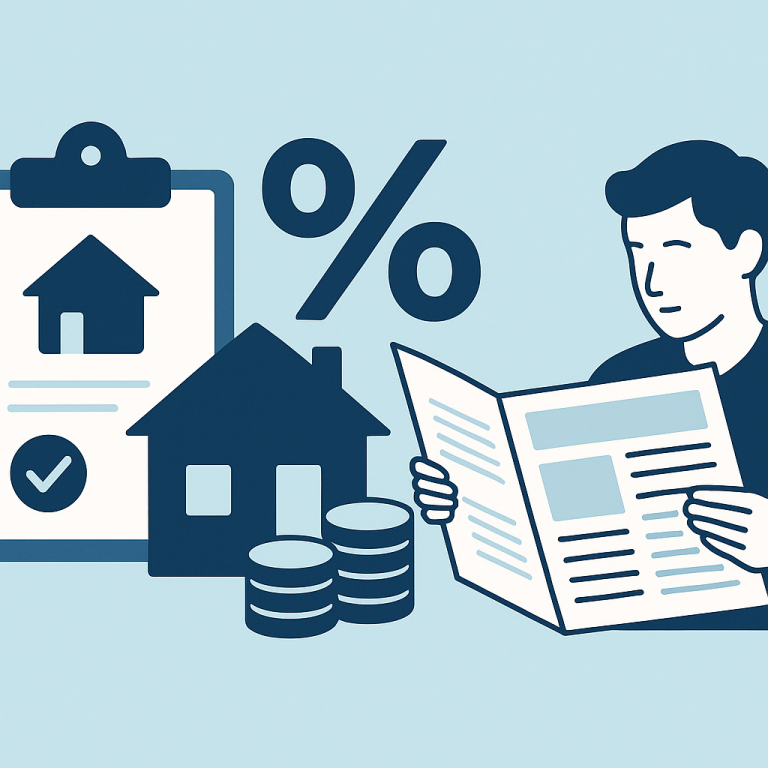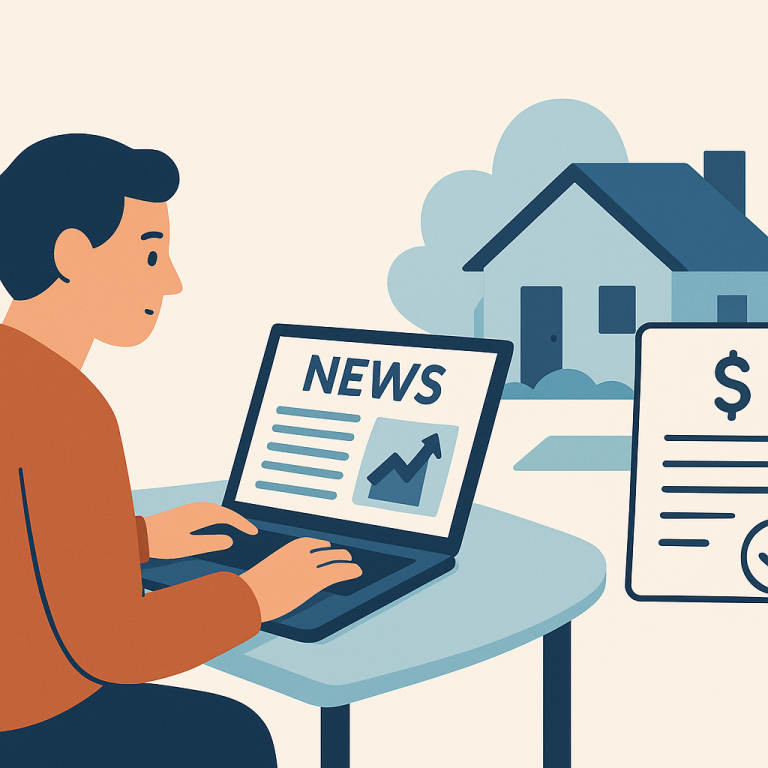Major Lenders Cut Mortgage Refinance Fees, Saving Homeowners Up To $1,000
Moderating Mortgage Rates Prompt Many Homeowners to Reconsider Refinancing
As mortgage markets adjust from recent volatility, a growing number of homeowners are re-evaluating refinancing options. The shift is not a uniform rush to refinance; instead, it reflects a more selective approach driven by individual goals such as lowering monthly payments, shortening loan terms, or tapping home equity for one-time expenses or debt consolidation.
Refinancing remains a decision anchored in trade-offs. Closing costs, remaining loan term, and how long a homeowner plans to stay in the home all influence whether a new loan makes financial sense. Lenders continue to offer a variety of products, and homeowners are balancing the immediate relief of lower payments against the long-term implications of additional interest or resetting the mortgage clock.
Key dynamics shaping refinancing decisions right now include the interplay between current mortgage pricing and accumulated home equity. Many owners who have built meaningful equity find cash‑out refinancing attractive for consolidating higher‑rate debt, funding home improvements, or creating a financial cushion. Conversely, those primarily seeking lower monthly payments are more sensitive to closing costs and the breakeven horizon—the time it takes for monthly savings to cover upfront expenses.
Another factor is loan term management. Some homeowners use refinancing to shorten their mortgage term and accelerate principal reduction, trading a higher monthly payment for lower lifetime interest. Others extend the term to reduce monthly outlays, which can help with cash flow but may increase total interest paid over the life of the loan. Adjustable-rate products remain an option for borrowers comfortable with future rate variability, while fixed-rate loans continue to appeal to those prioritizing payment stability.
Credit profile and documentation still matter. Underwriting standards and debt-to-income assessments influence the interest rate and program eligibility. Homeowners with improving credit, stable income, and significant equity generally access more favorable refinance options. Timing and rate locks are practical considerations as well: rates can move during the application and closing window, so locking a rate may provide certainty but can also incur fees if changed.
Homeowner Takeaways
- Clarify your primary goal—whether it is reducing the monthly payment, shortening the loan term, or extracting cash—and evaluate refinancing options against that objective.
- Calculate the breakeven period for closing costs to determine how long you must stay in the home for the refinance to pay off; shorter expected residency raises the bar for refinancing to be worthwhile.
- Compare loan term scenarios to understand the trade-off between monthly affordability and total interest paid; don’t assume a lower payment is always the better financial choice.
- For cash‑out refinances, weigh the use of proceeds carefully. Using equity to pay high‑interest debt can be effective, but converting unsecured debt to a mortgage introduces different risks and priorities.
- Review your credit and income documentation early in the process to anticipate underwriting issues and to position yourself for competitive pricing.
- Consider rate lock timing and market movement. If you expect to close shortly, a lock can provide certainty, but be mindful of potential fees and the lock period length.
- Shop multiple lenders and request transparent breakdowns of fees, points, and closing costs. Small differences in pricing can change the breakeven calculation.
Refinancing remains a powerful tool when used with clear objectives and careful cost-benefit analysis. Homeowners who take a methodical approach—defining goals, modeling scenarios, and comparing offers—are best positioned to make a refinancing choice that supports both short‑term needs and long‑term financial plans.
META: refinancing-news-article-2025

